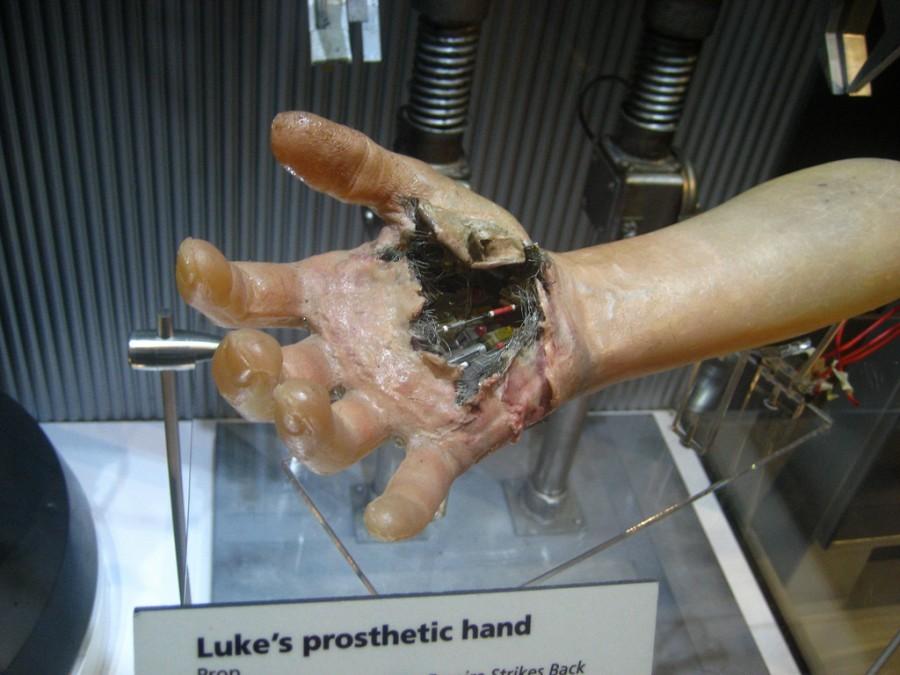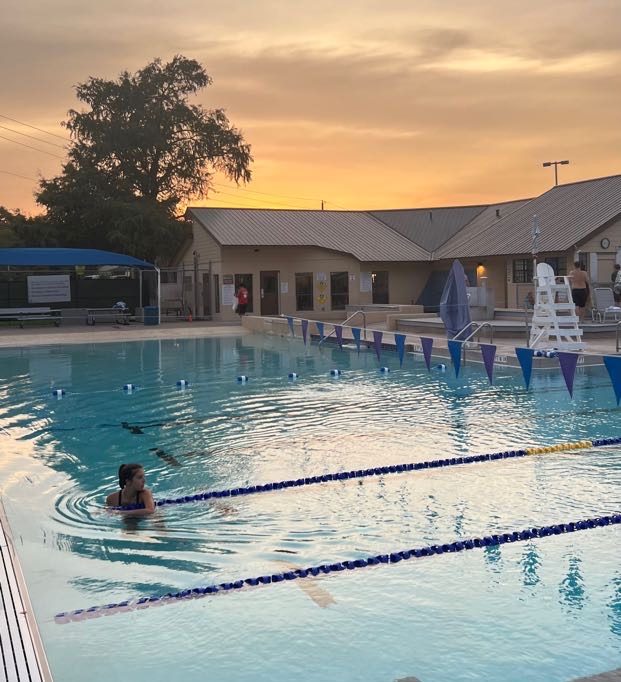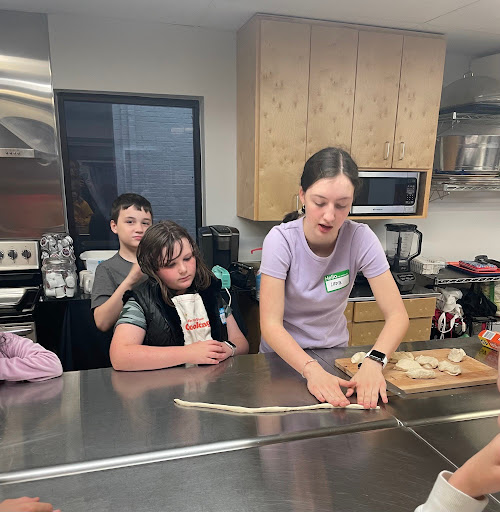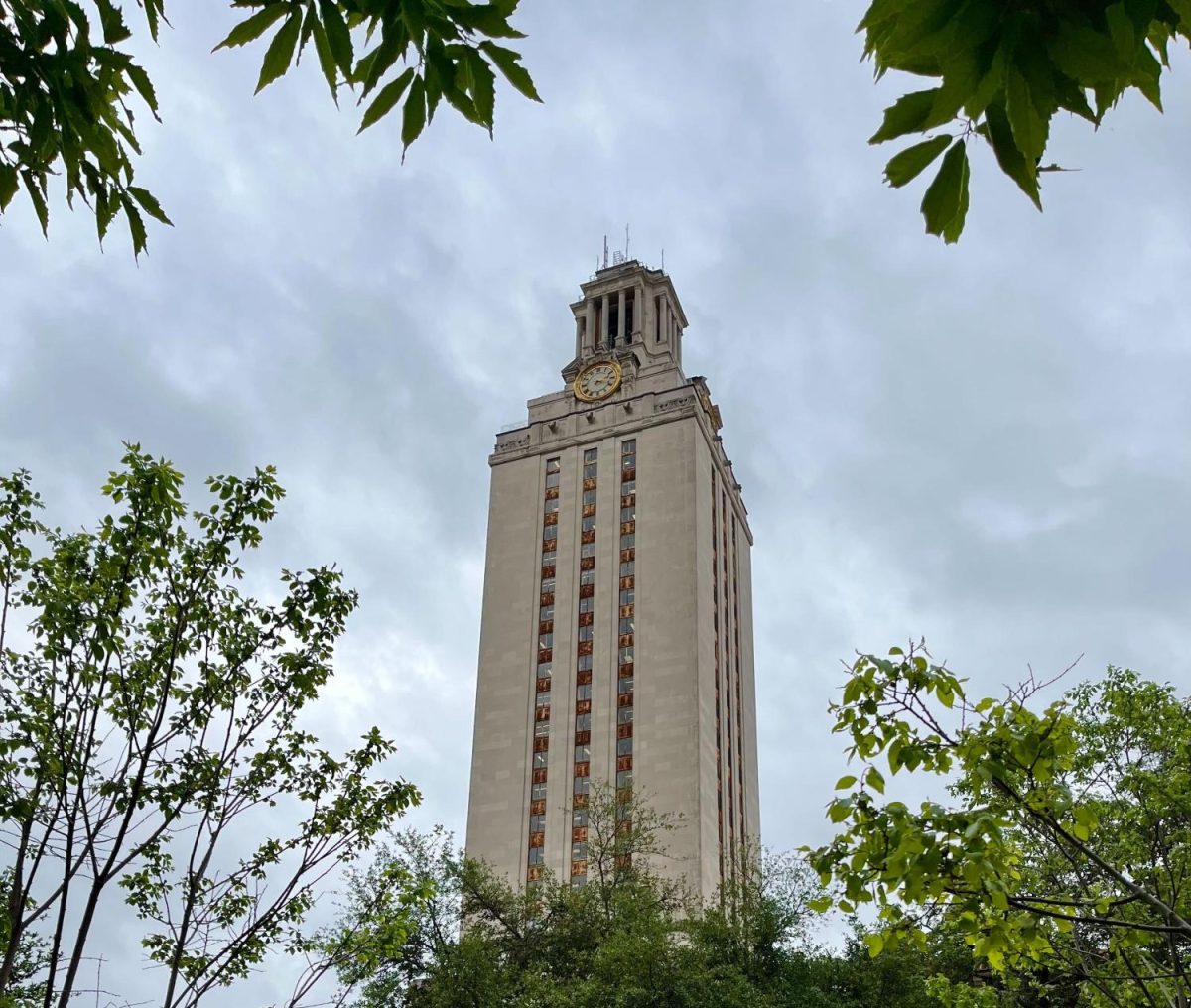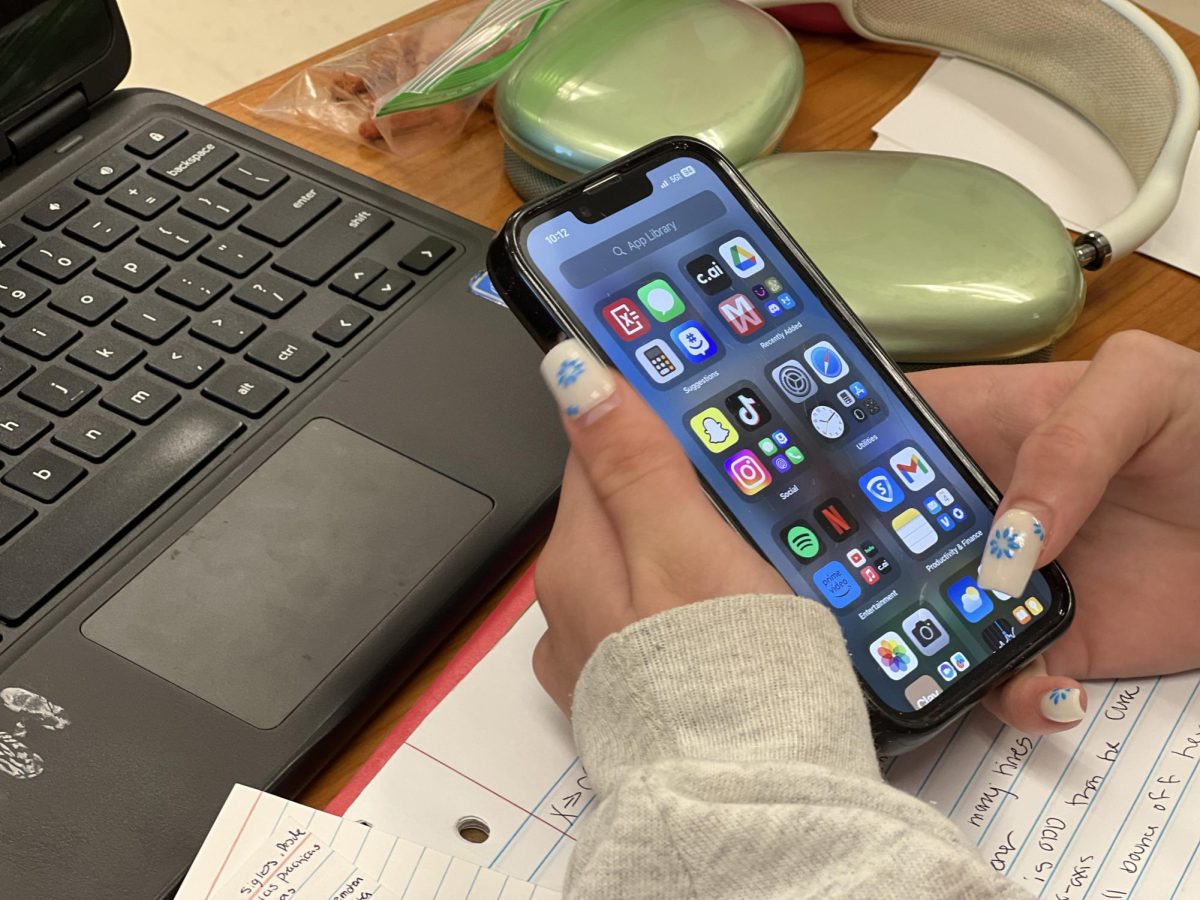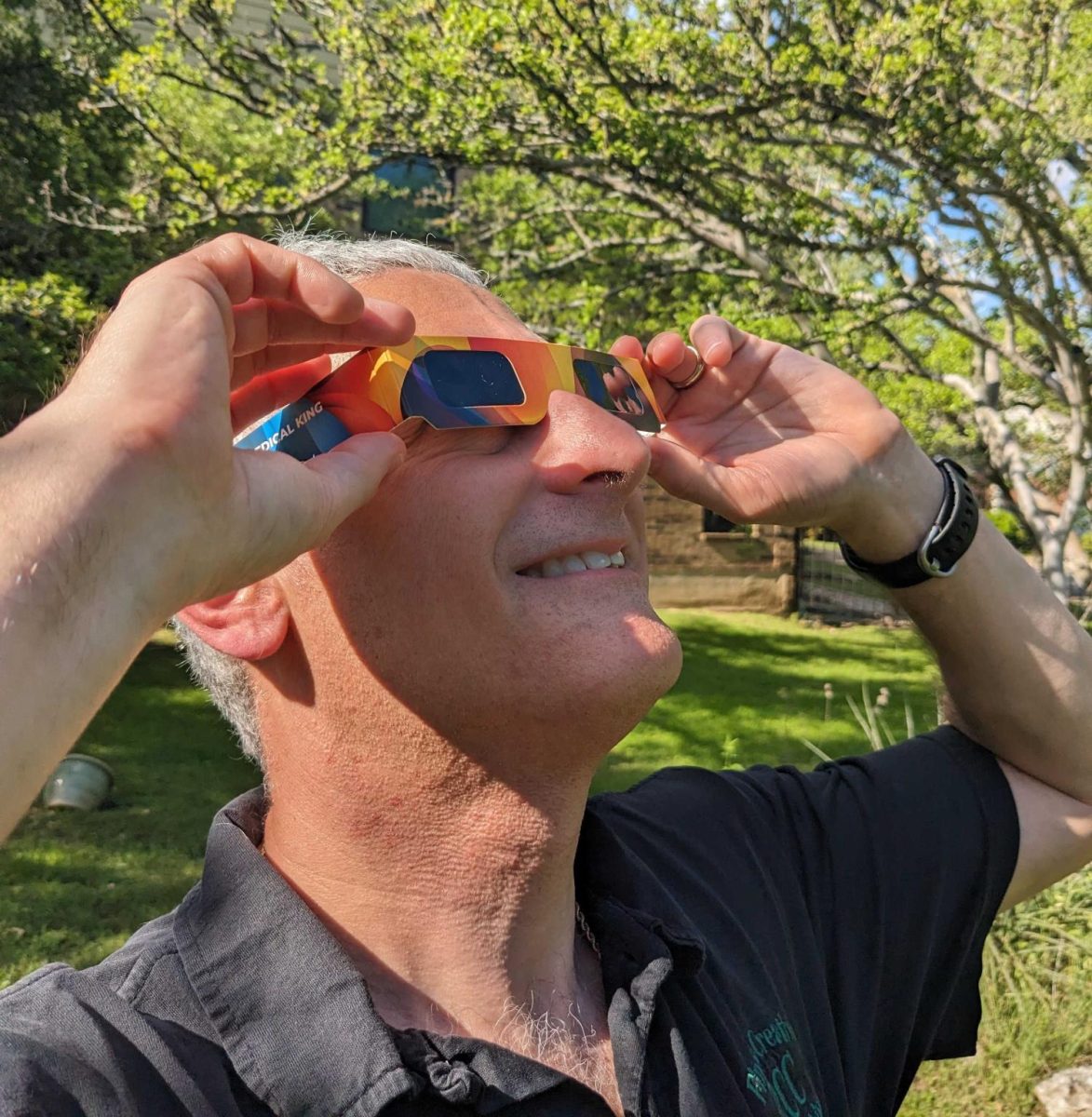Case Western Reserve University was granted $4.4 million from the Defense Advanced Research Projects Agency (DARPA) to create a new prosthetic hand, that not only has more precise gripping, but gives back a sense of feeling.
Igor Spetic, 49, who lost his right hand in a work related accident five years ago, had been testing the prosthetic hand in the Case Western lab until he got to take it home in October. Spetic is one of the first people to test the advanced prosthetics outside of the lab in real world situations.
“What I’m excited about is knowing that I can go back from being one-handed to being a two-handed person,” Spetic said. “Of course it’s going to be a re-learning of using a right hand that I haven’t had for 5 years, but I can hopefully be a two-handed person again.”
Though the hand Spetic has been to accomplish small household activities such as using a knife to cut fruits and vegetables, hold his coffee cup, and being able to open bags with both hands rather than only his left hand and teeth.
Case Western’s technology creates a connection between the prosthetic and the brain, allowing users to actually feel the sensation of picking up on object. Sensors in the hand send signals back to the brain when users apply pressure to objects when the hand closes around them. The measurements are then recorded, converted into a neural code, and sent through wires to electrodes that were surgically implanted around nerve bundles in the upper arm and forearm. The brain then interprets the signals as feeling, as if in a normal hand.
“When [patients] see the prosthesis touching an object and feel their hand touching the object, they begin to think of the prosthesis as part of their body, again. It is no longer a foreign tool,” said Dustin Tyler, leader of the project and an associate professor of biomedical engineering at Case Western.
Tyler and his team are developing a fully implantable system that will communicate with the sensors in the hand through a wireless link. Their goal is the have it ready within the next five years, and with funding from the Department of Veterans Affairs REhabilitation and Research Development and DARPA, the project is going on the right track.

